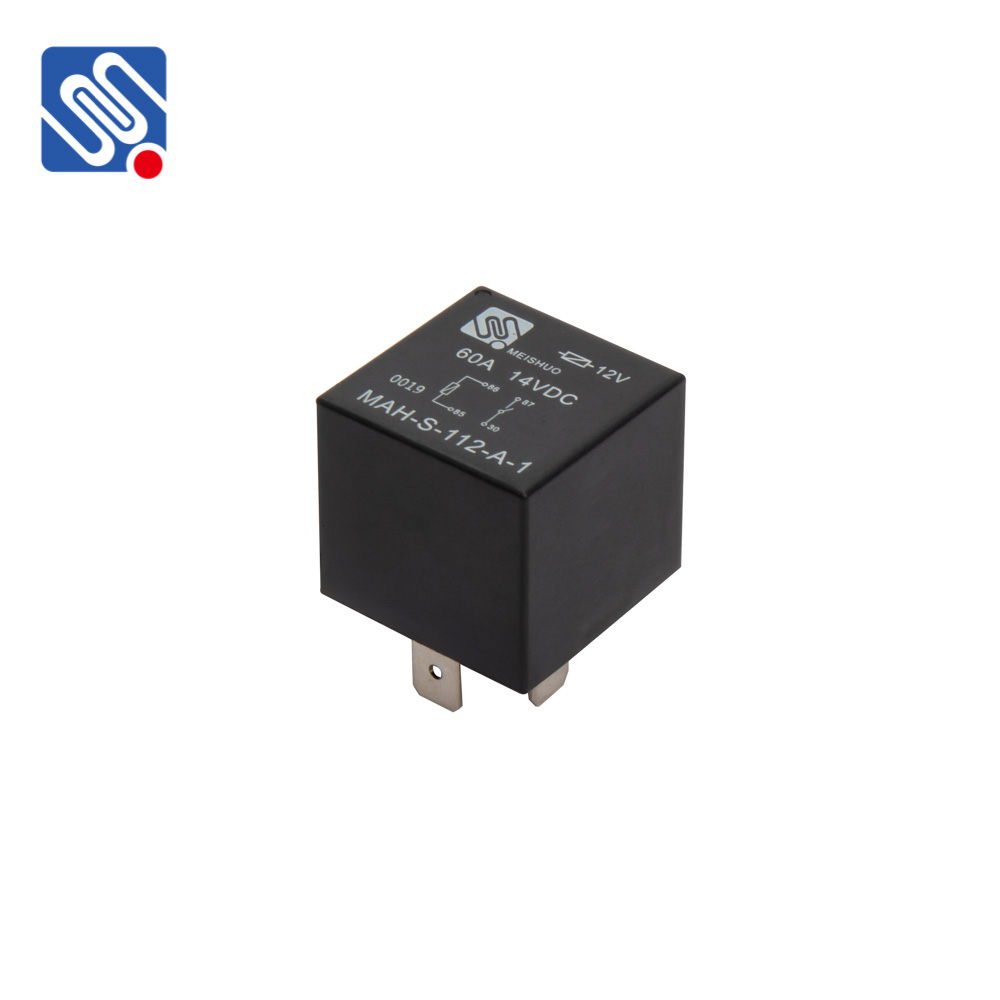A 12V 60A relay is a crucial component in various electrical and automotive systems, acting as a powerful switch that allows for the control of high-current devices. By using a small electrical signal to operate a much larger current, it ensures the safe and efficient operation of electronic systems. In this article, we will explore the importance of the 12V 60A relay, its working mechanism, applications, and considerations when selecting the right relay for specific needs.

What is a 12V 60A Relay? A relay is an electrically operated switch, and the 12V 60A relay is designed to handle an operating voltage of 12V DC (direct current). Its key feature is its ability to control high-current loads, up to 60 amperes, by using a low-power electrical signal. This makes it particularly useful for controlling devices that require a significant amount of power, such as motors, lights, and heating elements. How Does the 12V 60A Relay Work? The working principle of the 12V 60A relay is based on electromagnetic induction. The relay consists of a coil, an armature, and a set of contacts. When a small electrical current is passed through the coil, it generates a magnetic field that attracts the armature. This, in turn, closes or opens the contacts, thus completing or interrupting the larger circuit.